Shimizu Isao | October 31, 2024

“Meiryū manga ni egakareta bunshi to gaka”
Translators’ Introduction
From Shimizu Isao, Manga ga kataru Meiji (The Meiji Period as Told by Manga, Kōdansha Gakujutsu Bunko, 2005), pp. 133-139. This book was originally published in 1980 by Bungei Shunjū as Meiji manga yūransen (Meiji Manga Sightseeing Cruise).
It might seem odd to have an introduction for an introduction to a work, but the translators would like to briefly provide some context for this chapter from Shimizu Isao’s The Meiji Period as Told by Manga (Manga ga kataru Meiji, 1980 [2005]), from which TCJ readers have already read a sample previously this year. In fact, the present chapter immediately follows that translation of Shimizu’s discussion of literary giant Natsume Sōseki and his influence on early manga-ka cartoonists, like Asai Chū and Okamoto Ippei. In it, like the present translation, Shimizu describes the creativity of early twentieth-century artists, who helped lay the foundations for modern political cartoons, cartoon strips, and caricatures—let’s just call them proto-manga. This article mainly consists mainly of the cartoony portraits and commentary by writer-artist Morita Tasaburō from his Great People Manga (Meiryū manga, 1912), with only a short introduction and a shorter conclusion by Shimizu. Shimizu is letting Morita, who is a maestro of literary and cartoon concision, speak for himself. Because this gem has never before been translated for English-speaking audiences, we wanted to present it to TCJ readers so they may get a sense of what early manga caricatures and cartoons were like. The topic of those early to adopt the term “manga” for their work has been the subject of a recent essay by Natsume Fusanosuke. Although Shimizu’s book and this excerpt was published in 1980 (and it continues to be reprinted by Kōdansha), it can be helpful in the recent discussions of the origins of “manga,” which, as seen in the Natsume essay, continue to rage both in Japan and outside of it for at least the past decade. Finally, it should also be noted that the politicians, artists, and writers that Shimizu selected from the Morita book are extremely important figures in their field—a virtual who’s who of Meiji men. Tayama Katai (1872-1930), for example, is probably one of the most important writers of Modern Japanese Literature—a pivotal figure in creating the Japanese “I-Novel” (shi-shōsetsu), although you wouldn’t necessarily know that from only the skewering descriptions here of him by Morita, who focuses here more on the writer’s hirsute qualities. Nobody was safe from Morita’s pen and brush.
The translators wish to thank the Shimizu family again for allowing us to translate and publish Shimizu Isao’s work in English for the Journal. For those who would like to leaf through Great People Manga and see more of his 100 iconic portraits, please visit Japan’s National Diet Library website to see the entire digitized copy of the book.
-- Jon Holt and Ayumi Naraoka
While once listening to the symphony of Beethoven, someone told me, “You realize that this piece was something he created after he had gone deaf?” Similarly, when gazing with admiration at a painting by an accomplished artist, I was told this by another person:
“Actually, that painter couldn’t see color like regular people.” In both of those cases, I got a jolt that caused me to ultimately reappraise their works of art.
Natsume Sōseki was the born the last of a brood of eight children; he was brought up as the proverbial “fifth wheel.” In contrast, Mori Ōgai was the first-born son, so he was raised with much care as the person who would succeed and carry on the family name. When I came to know of their two different circumstances, it got me thinking that perhaps the great differences in these two great Meiji novelists might spring from their two different upbringings.
When I happen to hear the life secrets and episodes about the character of some of our great novelists and artists, often those stories turn upside down the long-held image I had held of these eminent people. As a result of having my notions of them exploded (viewpoints that were formed anyways through preconceptions), these people started to seem closer to me, more human to me, than I previously thought they could be.
In 1912, Hakubunkan published Morita Tasaburō’s Great People Manga (Meiryū manga). It was a collection of portrait sketches where he provided some commentary on his subject based on his interviews with them. And the collection featured men from all walks of life: politicians, industrialists, military men, literati, painters, and entertainers, and such. Because Morita’s comments are light and witty, they are well written and I found them to be quite interesting.
As I read the book, either the fuzzy image I had of these figures or the preconceptions I had about them ended up getting corrected and I saw these great people in a much clearer light. In particular, the writers and artists that appear in the pages are quite numerous and can be recognized by most Japanese today. Their works too are quite well known by most people, but what Morita writes is often quite surprising for us. There is a sense of humanity that we may not have felt about these great figures, and I think Morita pulls that off with his great eye for parody that comes from him being such a classic cartoonist (manga-ka). I must add that Morita short paragraphs, written in such an extremely concise style, ended up refocusing my interest in these men and women, quite to my delight. I would like to introduce a few of the cartoons and comments he made about the literati and artists from the group of one hundred famous people featured in his book.
* * *
 Figures 1 and 2. Tayama Katai (left) and Nagai Kafū (right) from Morita Tasaburō’s Great People Manga (Meiryū manga [1912].
Figures 1 and 2. Tayama Katai (left) and Nagai Kafū (right) from Morita Tasaburō’s Great People Manga (Meiryū manga [1912].First Meeting with Tayama Katai
If you look closely at Mr. Katai’s figure (Figure 1), you can see that he has about an inch of hair from his head to his chest to his fingertips. When I talked with people who met him around May, they said that his skin color had turned yellow due to beriberi, and that his fingers looked like the edges of a yellow takuan pickled radish. He can be shy to start speaking, but once he gets talking about women, he speaks and sputters with pea-sized spit. Even so, Mr. Katai has a gentle personality: when he invites geisha to entertain him, it is expected that he will compose new-style poems (shintai-shi) for everyone’s benefit.
Why Nagai Kafū Is So Popular
“I can‘t stand places like modern-day Japan. The only way for a person like me to present his ideas now is to do so in a foreign language. I’m serious. People like me are so sad to have been born these days in Japan’s cramped, shallow, and mishmash society. I am serious.” The man is profound and speaks volumes in that deep tone of a voice he has, so smooth like honey, and at the same time, he speaks while pinching his eyebrows together from vexation. That is why people speak of Kafū (Figure 2) like this: “He is a lost cause, but actually he is a nice guy.”
The Bowing Way of Mori Ōgai
He is “Mr. Mori” (Mori-san) and “Mr. Ōgai” (Ōgai-san) for the literary-loving student,
but if you go to the Army Ministry, he is the Excellency Mori Rintarō, Director of the Medical Bureau (Figure 3). The janitor at the reception desk always shouts with all his might, “Stand and greet His Excellency Mr. Mori!” He recommends aromatic cigars in a crisp and to-the-point manner. His visitors have no complaints, but his way of bowing, which is as fast as a bird blinks, really annoys me.
 Figures 3 and 4. Mori Ōgai (left) and Iwaya Sazanami (right) from Morita Tasaburō’s Meiryū manga.
Figures 3 and 4. Mori Ōgai (left) and Iwaya Sazanami (right) from Morita Tasaburō’s Meiryū manga.The Jolly Way of Iwaya Sazanami
“Gosh, I’m so sorry! I haven’t been able to go poop yet this morning, so gimme a minute or two!” he said while stroking his hand over his recently trimmed whiskers, and thus Old Man Sazanami (a.k.a. Shōwa) retreated again to the back of the house. In the middle of the house there was an unusual table, like I depicted in the sketch (Figure 4), and then on the bookshelf its owner had packed his shelves with all kinds of toy horses. After quite some time, the Old Man [Sazanami] reemerged. With his body tilted back at an angle, he began to talk with all the while adding notes to his manuscript for his fairy tales (otogi-banashi). Another person seeing him like this might say he looked the picture of smugness, but I felt he really was a very jolly and good fellow.
The Professorial Way of Kuroda Seiki
One after the other in proper order he looks at their works, saying things like, “Going about it like that is all wrong.” Or, “The figure’s pose looks like a crazy person’s.” “The way you’re drawing is good, but your colors alienate me.” From his immense physical size, he thus goes about laying down criticisms in the most kindly simple ways, but when he is in a bad mood, they run more like this: “Is this a hand? What is it? Are you doing a sketch of a ginger plant? Look, how many years have you been here? Are you a fourth-year student? … Maybe you should go back to studying a bit more with charcoal sketches?” I heard Kuroda (Figure 5) speak his mind to three to four people, utterly leveling them with his scathing criticisms.
 Figures 5 and 6. Kuroda Seiki (left) and Ōkuma Shigenobu (right) from Morita Tasaburō’s Meiryū manga.
Figures 5 and 6. Kuroda Seiki (left) and Ōkuma Shigenobu (right) from Morita Tasaburō’s Meiryū manga.The Walking Way of Ōkuma Shigenobu
He always has five or six visitors in his reception room. Some are uncrowned, some are miners, some are rich in the countryside, and some are scholars. Although each person comes from a different side of life, he takes the time to talk with every single one of them. If he does not talk enough with them, he talks even when he goes out for his walks (Figure 6). Like a phonograph, like a phonograph of an encyclopedia, this man talks. “I, was also concerned, but after the Antarctic expedition team has come that far, there is certainly the prospect of a second visit.” Etc., etc.
 Figures 7 and 8. Takamura Kōun (left) and Mitsutani Kunishirō (right) from Morita Tasaburō’s Meiryū manga.
Figures 7 and 8. Takamura Kōun (left) and Mitsutani Kunishirō (right) from Morita Tasaburō’s Meiryū manga.Takamura Kōun and His Way of Reading the Imperial Rescript on Education
Mr. Takamura has that stylish haikara son, Kōtarō, who says, “Japan is not a country you can live in.” The senior Takamura (Figure 7) is a man of high social status, a great sculptor, a member of the Imperial Household, and a chief professor at the Academy of Fine Arts. One year, as its art school principal, Mr. Takamura while on a trip abroad read the Imperial Rescript on Education at the beginning of his classes, intoning the text [from the beginning until its end,] “…So, it is The Way here set forth is infallible for all ages and true in all places…”
The Way of the Low Voice of Mitsutani Kunishirō
At the Institute of the Taiheiyo Art Association, Mitsutani (Figure 8) was supposed to teach paintings to his students. “This line… a little… but this tone… well, if you fix that… paint on the… right.” Professor Mitsutani teaches his students with both politeness and kindness, but his voice is so soft and low that they cannot hear him. After he leaves, the students ask themselves: “What did the professor say just now?”
* * *
These sketches depict a side of their personalities that biographers and reviewers do not describe. The person’s personality emerges so vividly because the artist gives iconic depictions of them, like you see in a manga. Morita Tasaburō was one of those who supported Tokyo Puck (Tokyo Pakku) with Ogawa Jihei and others in its second phase. That magazine was short-lived, so he went to Osaka and then worked at Osaka Puck (Osaka Pakku) for a long time.



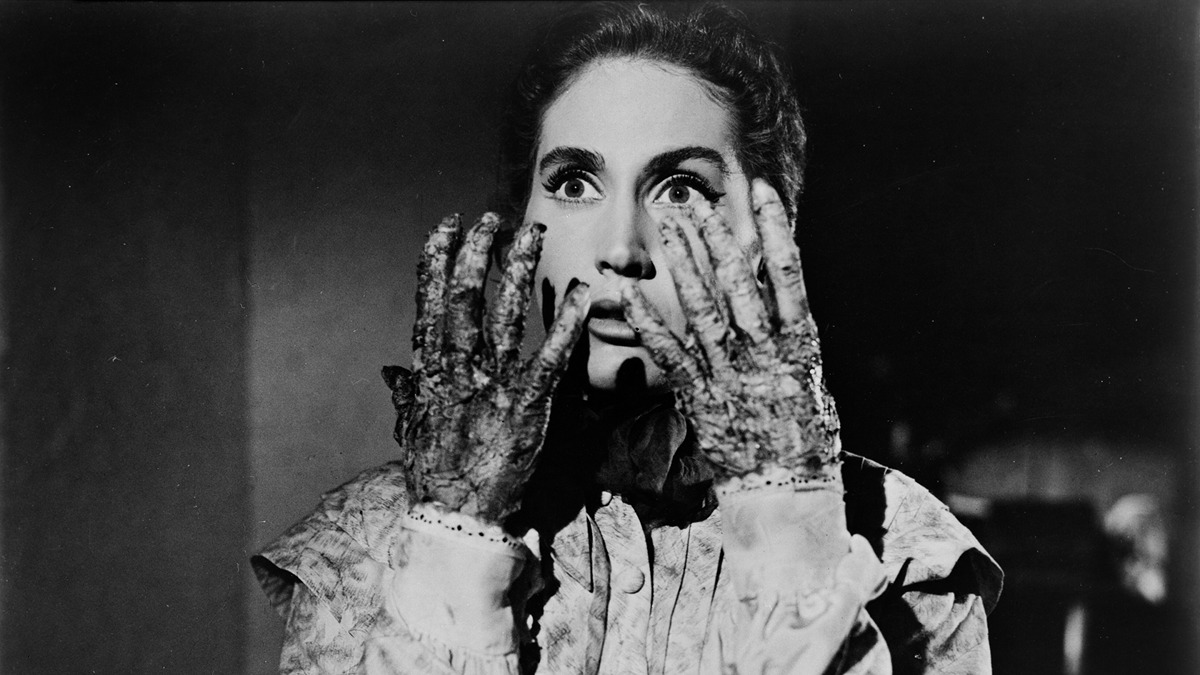
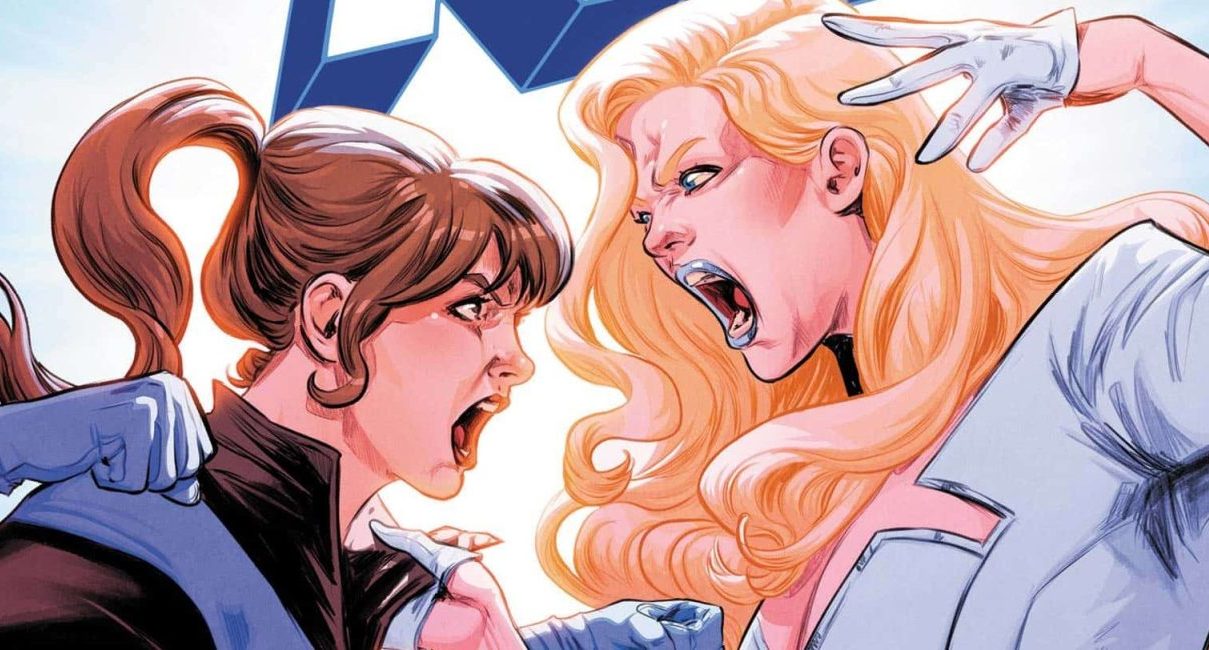
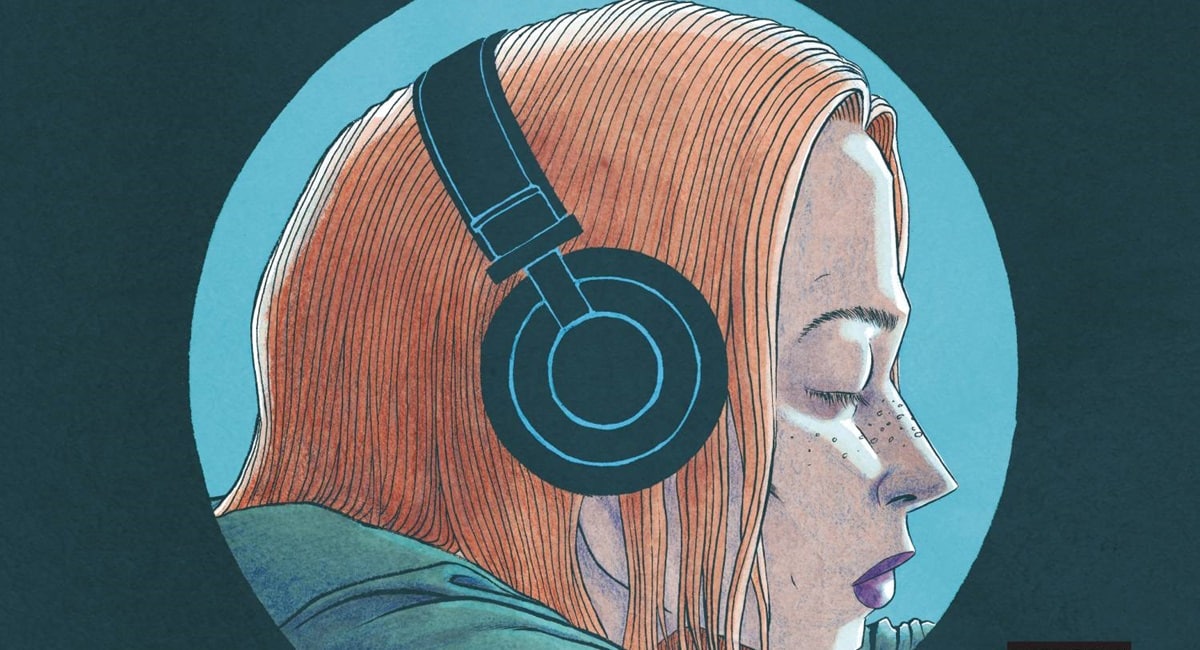
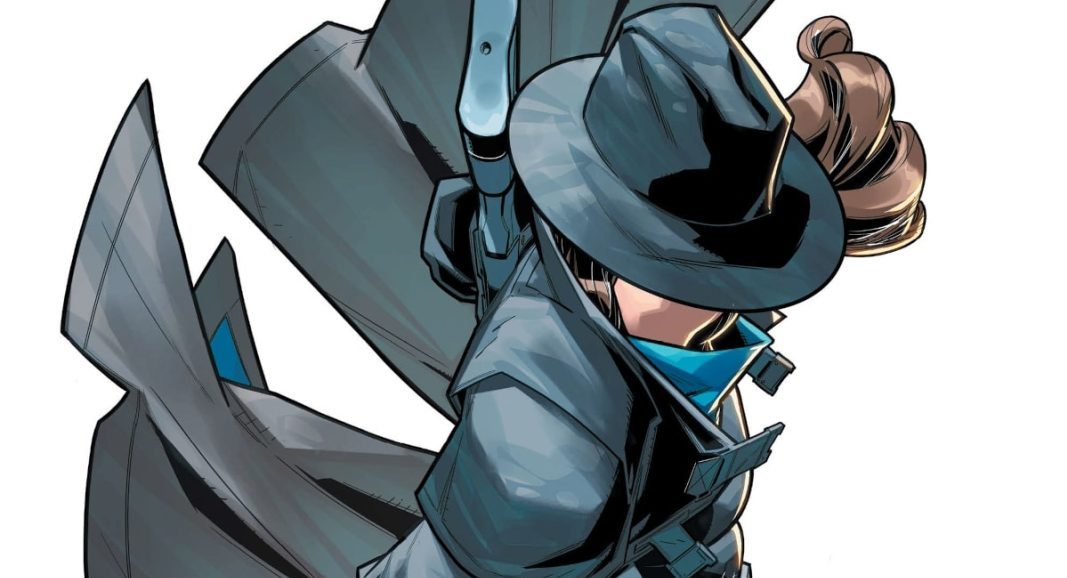
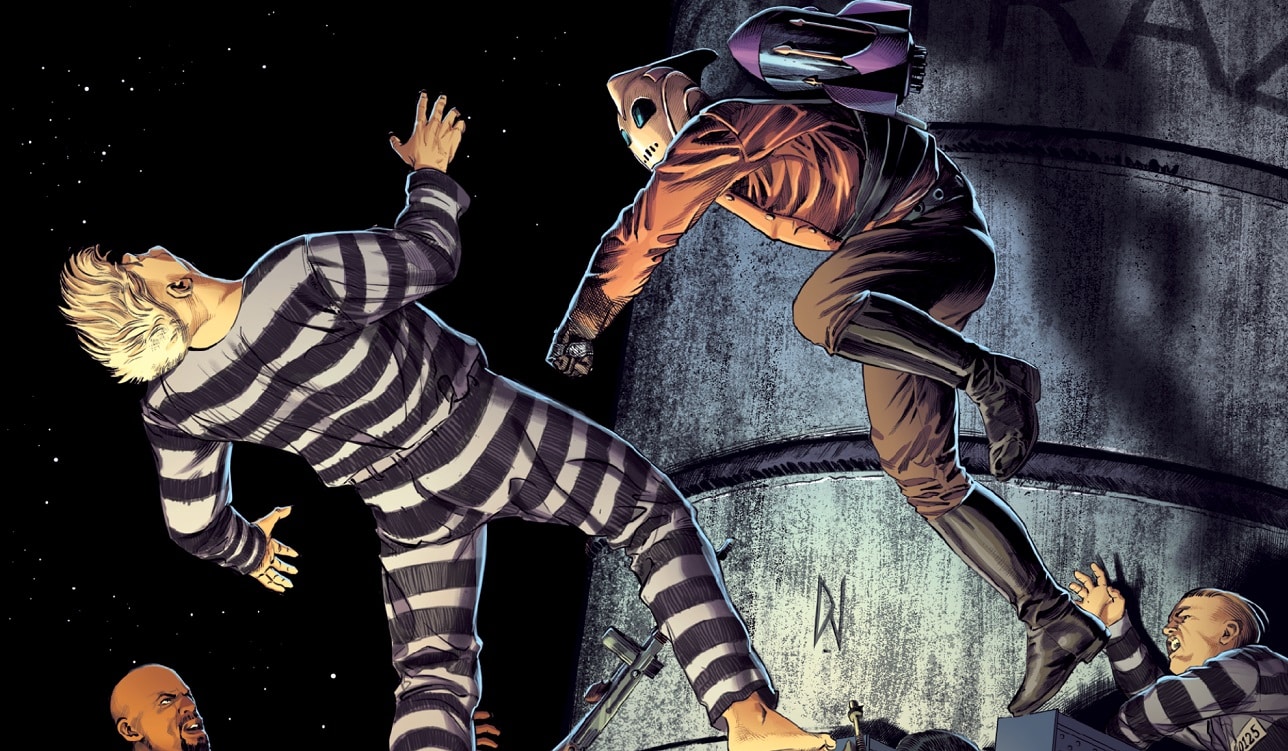












 English (US) ·
English (US) ·